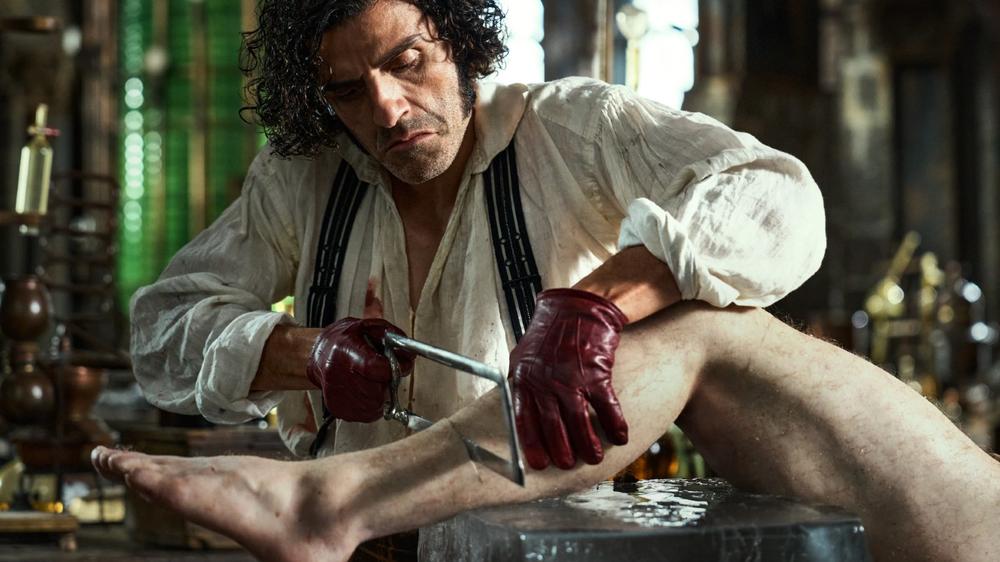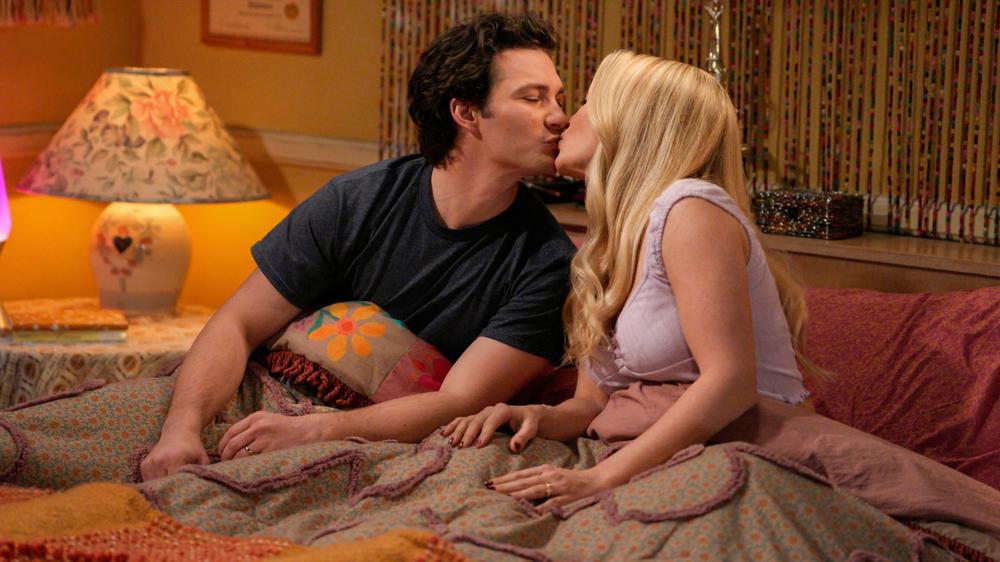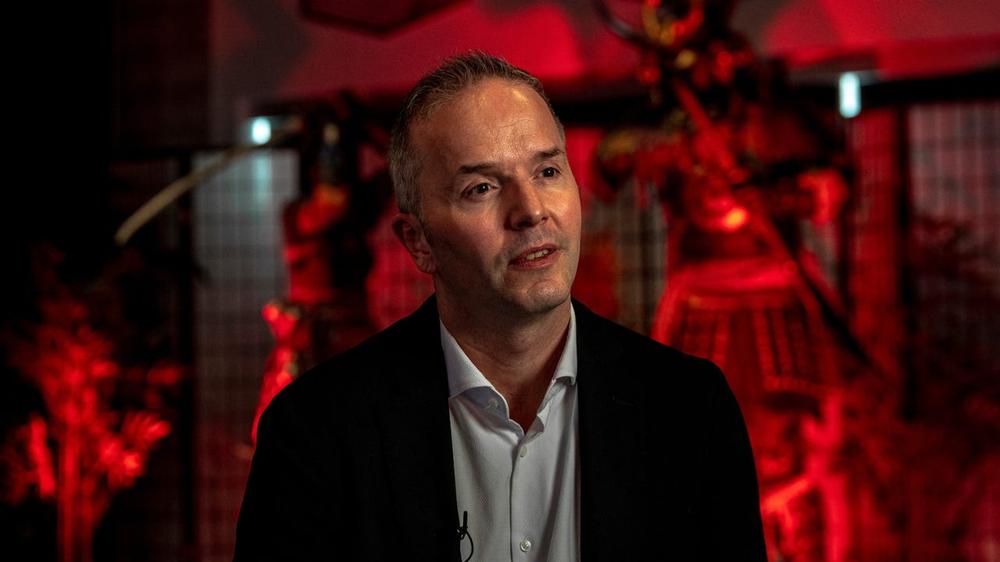Guillermo del Toro’s Frankenstein is less a re-telling and more a re-imagining of Mary Shelley’s classic gothic horror, adding fresh subplots and new characters to the mix, in service of a tale that nevertheless stays true to the novel’s intent.
Guillermo del Toro has lately been busy making his childhood dreams come true. Having crafted horror classics (The Devil’s Backbone, Pan’s Labyrinth), segued into blockbuster territory (the Hellboys and Pacific Rim), and made an Oscar-winner (The Shape of Water), he’s now tackling projects he’s been trying to jump-start throughout his career.
First there was Pinocchio, del Toro’s gorgeous stop-motion adaptation of the Italian fairytale, which used the rise of fascism as a backdrop for a politically charged story.
And now the Mexican maestro is tackling his dream adaptation by bringing Frankenstein to life, which ventures into similar territory as Pinocchio, through a big-budget adaptation with much on its mind.
Prelude to the tale
This new take on the source material begins with a prelude in 1857, that focuses on a ship running aground while trying to reach the North Pole. Which is just the start of the crew’s bad luck, as an explosion alerts them to the presence of a badly injured man, and something much more terrifying.
They come to the aid of Victor Frankenstein, and bring him onto their boat. But he’s followed by a giant with violent intent, who bullets can’t stop. The hulking monster snaps bones and rips arms off the sailors in his path, before eventually falling into the icy water.
The sailors have questions, understandably, and Baron Frankenstein is happy to answer them, by telling what the film frames as Part 1 of its story: ‘Victor’s Tale.’
What is Guillermo del Toro’s Frankenstein about?
Electing to take his time, Frankenstein transports them back to childhood, when his father (Charles Dance) was often away, leaving Victor and his mother (Mia Goth) to form a close and loving bond.
The household would then bend to his dad’s will when he returned, and he ruled over his son with an iron fist that was usually brandishing a cane.
In one of many departures from the source material, mom dies giving birth to Victor’s brother William rather than from scarlet fever, and this lights a metaphorical fire under the young man, who decides to surpass his father in ambition and reach, by endeavouring to conquer death.
Grown-up Victor (Oscar Isaac) plans to do this by assembling a man from spare parts, and pumping energy through him via the nervous system. But the medical establishment is having none of it, deeming his ideas both ungodly and an abomination.
New character Henrich Harlander (Christoph Waltz) is all ears however, and willing to inject the money he made dealing arms into Frankenstein’s wild ambition, funding a castle laboratory and and filling it with Victor’s disturbing inventions, for reasons that are a mystery for much of the movie.
And though Frankenstein gets side-tracked when he falls for William’s fiancé Elizabeth (also Mia Goth), he ultimately succeeds via a suitably gory man-making montage, which precipitates the creature’s birth.
The creature comes-of-age
What follows are yet more changes to Mary Shelley’s story, via a peculiar coming-of-age narrative, which is first told through Victor’s eyes – as he becomes frustrated with his child-like creation – and then in Part 2, which becomes ‘The Creature’s Tale.’
We get more Shelly here, via the kindness of the blind man, whose “unseeing eyes are full of wisdom.” And more major changes, most notably though the creature’s actions when he learns who he is and where he came from.
Meaning the tragedy of the central story remains the same, dealing as it does with the dangers of unchecked ambition and the wish to play god, as well as themes of isolation, prejudice, and the pain of being other.
But del Toro the writer is also exploring bad parenting and generational trauma through this adaptation, with Victor as cruel to the Creature as his father was to him.
He also examines the cruelty of men in general, and the fact that they are quick to violence throughout the movie, which contrasts dramatically – and somewhat simplistically – with the two women featured, who are resolutely caring, kind, and keen to nurture.
A tale of two crafts
It looks stunning – as we’ve come to expect from a GDT joint – with production designer Tamara Deverell building sets as sumptuous as they are detailed, most notably the huge ship that opens and closes the movie, and the old irrigation plant that transforms into Victor’s birthing chamber.
Kate Hawley’s costumes are impossibly beautifully and possibly quite impractical, but that matters not a jot when they look this good on the cast, with Victor’s wardrobe as wild as his ideas, and Goth starting the movie in blood red, before ending in blood-stained white.
The visuals are lavish and lush everywhere you look, until animals rear their computer-generated heads, and it all looks a bit fake. The first sign of trouble is when the Creature feeds a deer that looks somewhat uncanny. But it all goes wrong when a pack of wolves attack some sheep in a sequence that looks more like a cartoon than live-action.
But while the odd animal looks fake, the human cast is real and mostly terrific, with Oscar Isaac strutting through scenes like a rock star scientist, and flitting between charming, arrogant, selfish, and enraged, all while being weighed down by the chip on his shoulder, and a sizeable god complex.
Meanwhile, Jacob Elordi makes a memorable Creature, and while his accent is all over the place (which might be the point?) he does heartbreaking eye acting beneath Mike Hill’s superb prosthetics, that will have you both sympathizing and empathizing with his so-called monster.
Indeed, only Mia Goth is short-changed, as while her dual roles give the story a twisted Freudian spin, she has little to do as the mother, while Elizabeth is saddled with overwrought and overwritten dialogue that never gives us a sense of who the character really is.
Is Guillermo del Toro’s Frankenstein good?
Guillermo del Toro has spent much of his life figuring out what to do with Mary Shelley’s masterpiece, and he’s thrown everything at this adaptation, in terms of pulling what he loves from the source material, and adding his own ideas to the mix.
The result is an overstuffed feature where everything seems to carry weight, meaning, and thematic importance, not all of which resonates. Indeed, some of the new sub-plots simply increase the runtime while slowing proceedings down.
But much like the Creature at the center of Shelley’s story, both the heart and soul are there, resulting in a rich and frequently rewarding viewing experience, that breathes new life into a 200 year old story.
Frankenstein score: 4/5
Guillermo del Toro’s Frankenstein is in cinemas from today (October 17, 2025), while it hits Netflix on November 2017.

 Georgie & Mandy’s First Marriage showrunner discusses plans for that divorce
Georgie & Mandy’s First Marriage showrunner discusses plans for that divorce